You are here
Back to topCambodia Ratifies FTA With China, Paving Way for More Fruit Exports
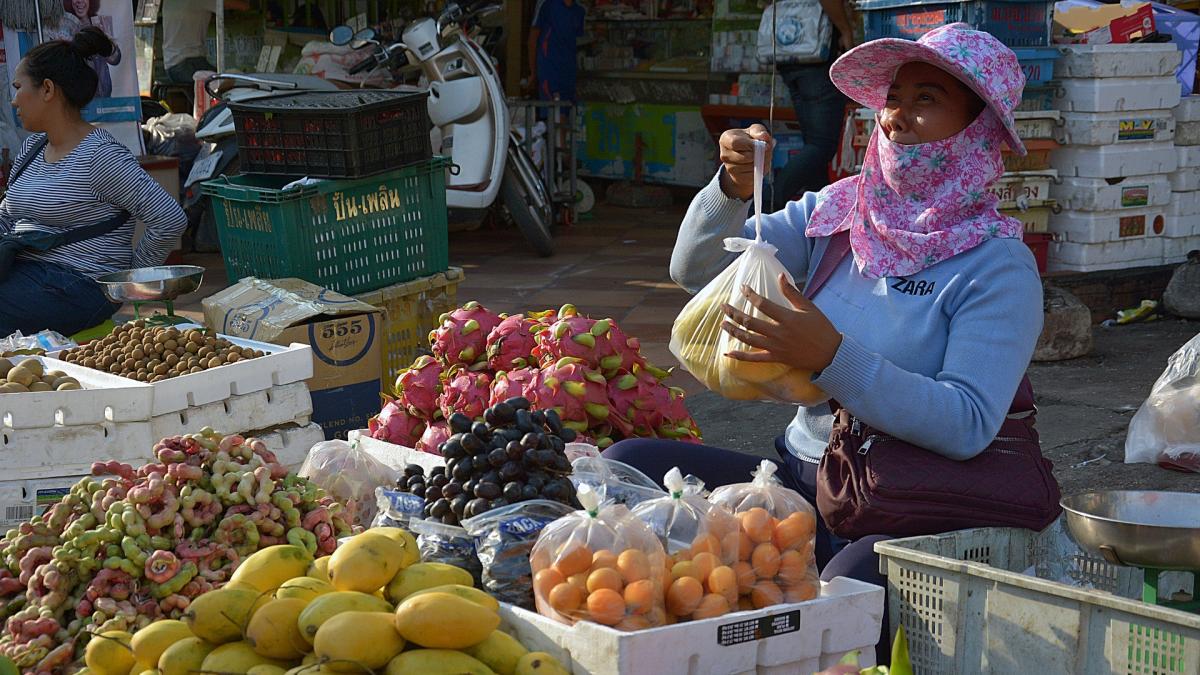
According to a recent report from news website ASEAN Briefing, Cambodia’s National Assembly ratified a bilateral free trade agreement with China on Sept. 9, with the aim of increasing the flow of goods between the two countries by reducing or removing tariffs and non-tariff barriers.
The China–Cambodia FTA is very broad in scope and covers numerous sectors, including trade, tourism, investment, transportation and agriculture. China has granted tariff-free status to 97.5% of Cambodian goods, while Cambodia has granted the same to 90% of Chinese goods, the highest figures out of any free trade negotiations between the two countries to date.
Although the vast majority of Cambodian goods exported to China were already free of tariffs under the ASEAN–China Free Trade Area, the new China–Cambodia FTA extends the tariff-free status to cover 340 types of goods, including seafood products, garlic, cashew nuts and dried chiles.
From January to May of 2021, Cambodian exports to China were valued at $558 million — a 56% increase over the same period of last year. Agricultural exports were largely responsible for this increase, with Chinese demand for Cambodian agricultural products steadily on the rise. In the first five months of 2021, Cambodian fruit exports to China increased by an impressive 200%.
Bananas and mangos are the only fresh fruit items from Cambodia currently approved for export to China, yet growth in this area has been rapid. Cambodian bananas gained China market access in 2018, and in 2019 the total banana export volume to China had already reached 130,000 tons. In 2020, Cambodia rose to become China’s third-largest banana supplier after the Philippines and Vietnam, reaching a 20% market share.
Cambodian mangos were officially approved for export to China in 2020, with the inaugural shipment of 100 tons taking place in May 2021. In the first seven months of this year, Cambodia’s fresh mango exports to China reached 161,000 tons, a 248% increase compared to the same period of last year.
China is reportedly also now in the process of evaluating Cambodia’s application to export longans, which will likely become the next Cambodian fruit item to gain China market access. Aside from longans, the two countries are also prioritizing other fruit items in their negotiations, including dragon fruit and coconuts. Domestically, Cambodia is also assessing the feasibility of investing in the export of dragon fruit to China, with authorities launching a large-scale dragon fruit growing project aimed at exports to China.
Over the past decade, investments from China have been a major source of support for Cambodia’s development. As of 2018, Chinese investments in Cambodia totaled $5.8 billion. Chinese investments in Cambodia have subsidized large-scale irrigation projects, rice mills and agricultural colleges. A list detailing 100 Chinese investment projects in Cambodia over the past 20 years indicates that 17% of these investments were connected to the agricultural sector.
The negotiation of free trade agreements can often take years or even decades; in contrast, the China–Cambodia FTA negotiations were concluded in record time. In late 2019, both parties concluded a joint study on the feasibility of a bilateral FTA and recommended that talks go ahead. The two countries announced the conclusion of negotiations on the China–Cambodia FTA in July 2020 and signed the agreement on Oct. 12, 2020. In July 2021, Cambodia turned over the FTA to its National Assembly for approval — the original plan was for the FTA to come into effect in early 2022, yet the National Assembly approved it on Sept. 9, just two months after submission. Agricultural products are a major area for economic cooperation between China and ASEAN countries, and the new bilateral FTA between Cambodia and China is expected to pave the way for more Cambodian fruit and other agricultural products to enter the Chinese market.
Image: Pixabay
This article was translated from Chinese. Read the original article.



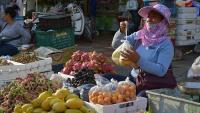
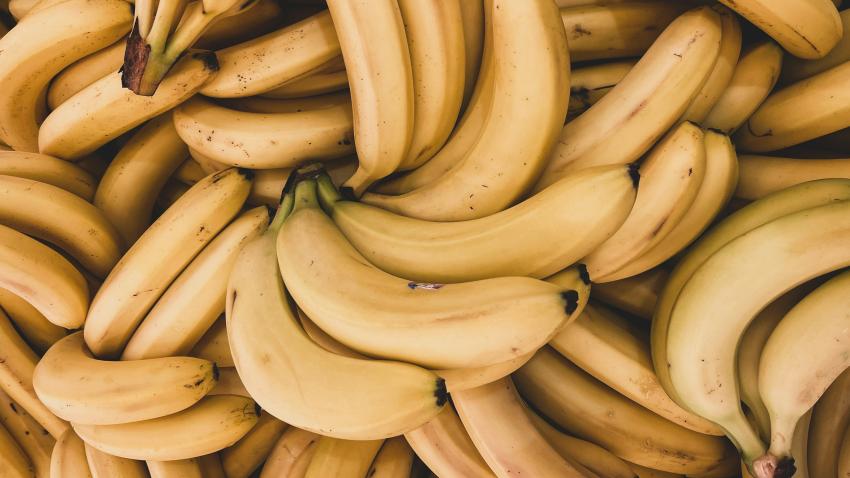
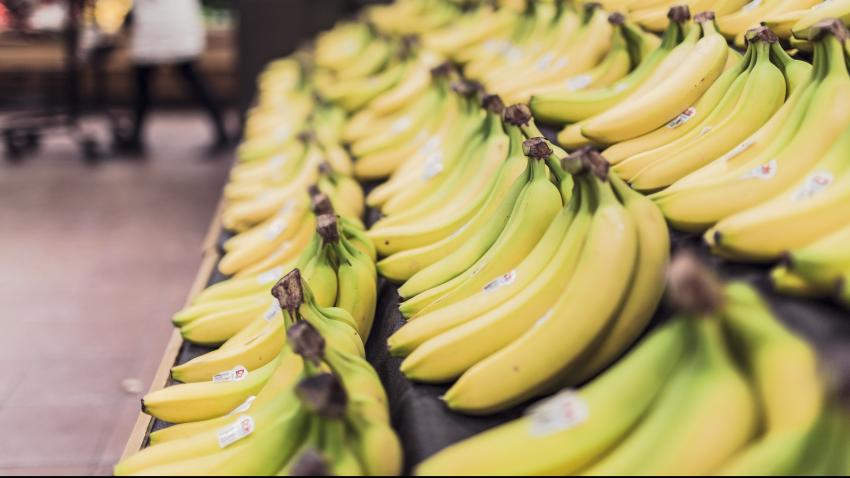

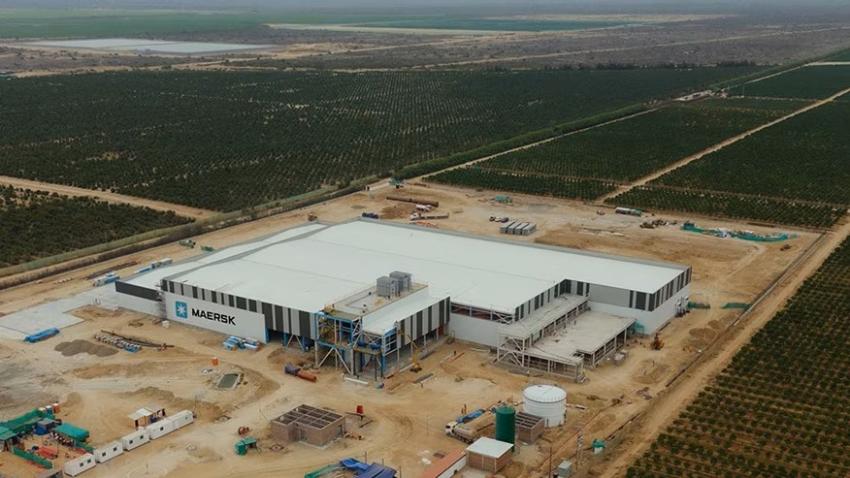







Add new comment